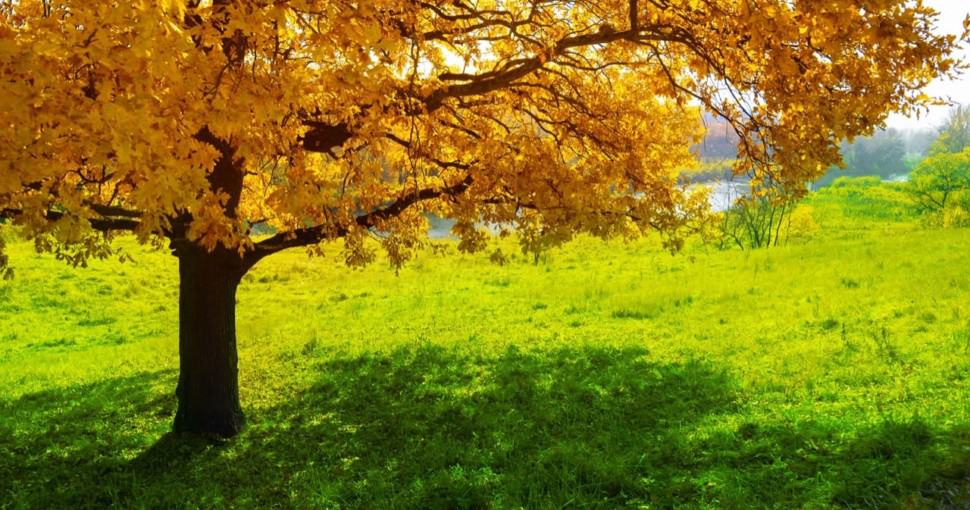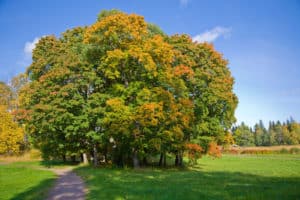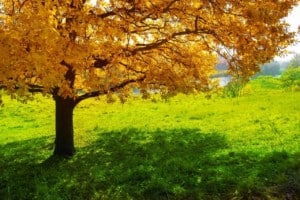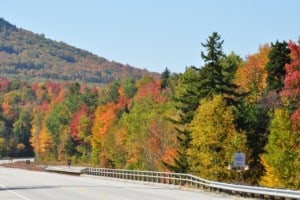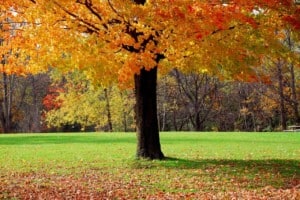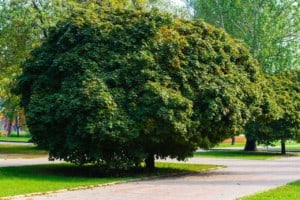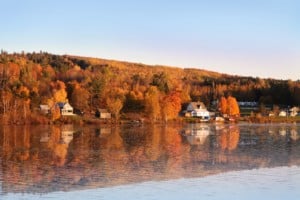Virginia is known for its dense stretches of forestry, boasting tall trees with thick crowns that seem to reach the skies. Among these trees are different types of maple trees that grow well during the spring and fall seasons. Today, we’ll learn more about the native maple trees of Virginia and their distinguishing features.
Contents
If you’re looking for trees to plant on your own property or even to beautify a community garden, there is no better choice than some stunning maple trees. Known for their ability to grow well and proliferate in Virginian soils, maple trees are also colorful all year round and prepare your neighborhood for the incoming fall season.
Also read about the best flowering trees for Virginia.
Virginia has been characterized with ‘Goldilocks Climate,’ which indicates it is neither hot nor too cold. The humid, generally subtropical climate conditions with winter frost make it ideal for planting some maple trees. Moreover, it has Pamunkey soil which is deep and well-drained. Since we already know most types of maple trees prefer well-drained soils, this factor further improves their growth in Virginia.
If you’re looking to add more shade to your backyard, better define your property lines, or even just want to add a pop of color to the area, maple trees will help you achieve it all. They are a great way to improve the overall landscape of your yard while also helping to improve the environment. The tall and majestic maple trees offer a cooling effect during those hot summer months, helping you reduce air conditioning costs. They also come in different shapes and sizes, so you can plant a species that will be best for you.
When planting maple trees in Virginia, make sure to do it during the later months of spring or fall. This offers the tree plenty of time to establish a healthy root system before they face their first summer season. Here is a little more on the different types of maple trees you can plant in Virginia and how they differ from each other.
1. Sugar Maple (Acer saccharum)
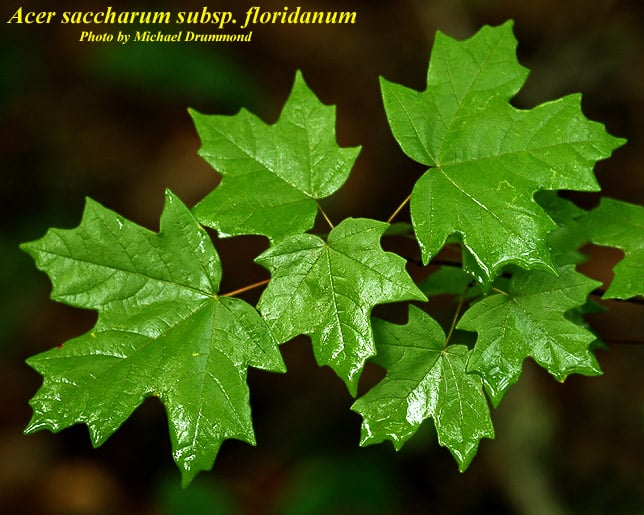
Sugar maples are deciduous hardwood trees found all across the Chesapeake watershed in Virginia. They are tall trees that reach more than 100 feet, with forest-grown sugar maples often being even taller. It has five-lobed leaves around 8 inches long. The sugar maple offers stunning fall colors ranging from bright yellow to orange and even going to red. It has flowers in panicles of up to ten and without any petals.
2. Striped Maple (Acer pensylvanicum)
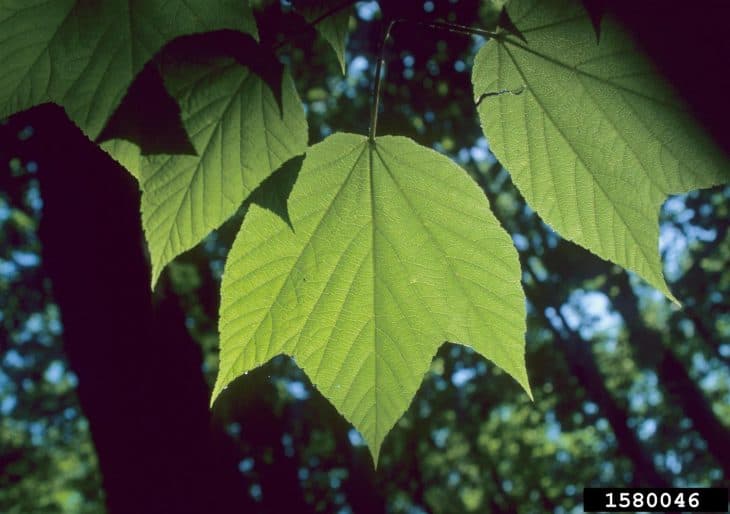
Striped maple trees are small, deciduous trees that reach a maximum height of 30 feet. They have a broadly columnar shape with a short, forked trunk. The trunk divides into various arching branches that create an uneven crown with a flat top. Striped maples get their name from the young bark that is striped in green and white colors. They have broad leaves that are around 6 inches long with forward-pointing lobes. These trees grow best in late spring.
3. Silver Maple (Acer saccharinum)
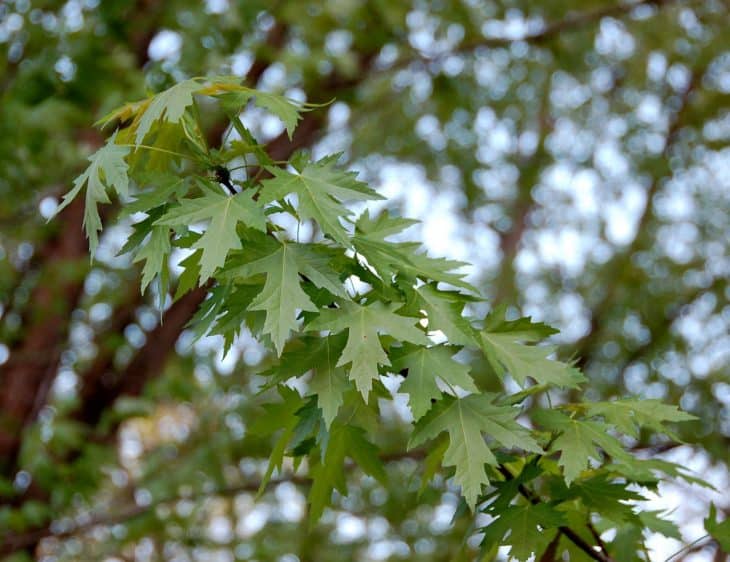
Also called the Creek maple and Water maple, Silver maple trees are fast-growing deciduous trees that reach heights of up to 80 feet. They have a spread that is 50 feet wide. Silver maple trees are commonly found along wetlands and waterways, giving them the signature name of Water maple. They have simple leaves with palmate veins and five lobes. Their autumn colors aren’t as pronounced as most maples, ranging from bright yellows to perky orange.

